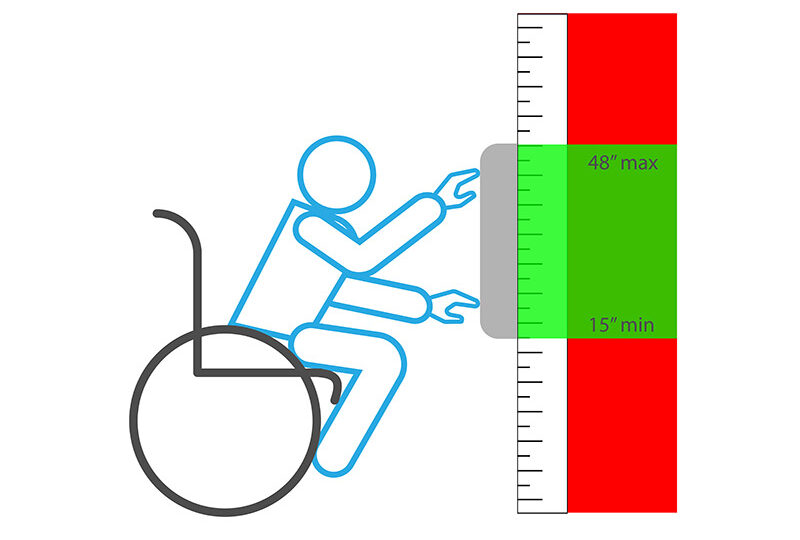Several businesses have suffered harsh lawsuits for being discriminative Sowith content on their websites. As a result, many commercial operators are now more concerned about ADA compliance, its benefits, and how to meet the requirements. This article answers all the questions and more.
What is ADA Compliance?
ADA (Americans with Disabilities Act) compliance is a set of Accessible Design standards that the US Department of Justice released in 2010. It demands that all information technology and electronic sources be fully accessible and operable to persons living with disabilities. According to the requirements, it’s essential to ensure that your website allows full, effective, and independent access and use by citizens having various disabilities.
The department never provided exact guidelines to follow. Still, it issued recommendations that all website owners and designers should adhere to promote the site’s accessibility. These come in three tiers, WCAG 2.1 A, which shows the website is accessible to some users, WCAG 2.1 AA which shows the site is accessible to almost all users. And WCAG 2.1AAA, which shows the website is accessible to all users. While the third level isn’t easy to achieve, the department requires all websites to satisfy the WCAG 2.1 AA standards.
Importance of Website Accessibility?
Designing a website or mobile application that’s perceivable, operable, understandable, and robust comes with several benefits. First, it keeps you safe from exorbitant lawsuits that can cost you thousands of dollars and your brand and also helps you reach a broader market. Here are other advantages of building an accessible website.
- It shows inclusivity
- It involves making your client reader-friendly and presentable, hence reduces bounce rate and improves your SEO performance
- It makes your website more usable to your audience
Who Needs To Follow ADA Compliance?
According to AudioEye, the demands impact all businesses and web admins since it encompasses information technology and electronics (website and internet). And almost all services, including making purchases, education, and entertainment, are now offered through the internet today. However, the US Department of Justice specifies organizations that must keep their sites accessible and operable to all types of users. They include:
- State and local government organizations
- Private companies with at least 15 employers
- Charitable and non-profit agencies with over 15 workers, or those serving the general public
- Businesses operating the benefits of the general public
What Happens If Your Website Isn’t ADA Compliant?
The internet is rapidly growing into being the primary source of almost all services and information. Students depend on websites to take their online classes. Grocery shopping is now accessible through a mobile device in your comfort, the same as entertainment. As a result, making your website inaccessible to users living with a disability means locking out up to 26% of Americans and up to 1 billion people in the world from enjoying the benefits of technology.
Similarly, not being ADA compliant may cause you time-consuming and expensive lawsuits. This is one way that has cost businesses thousands of dollars, as well as their brand.
You may find it challenging to achieve ADA requirements at first. However, the benefits measure up to the efforts you make. For instance, it feels noble to create a service that helps everyone regardless of their physical status. It also saves you from the harsh lawsuit.








